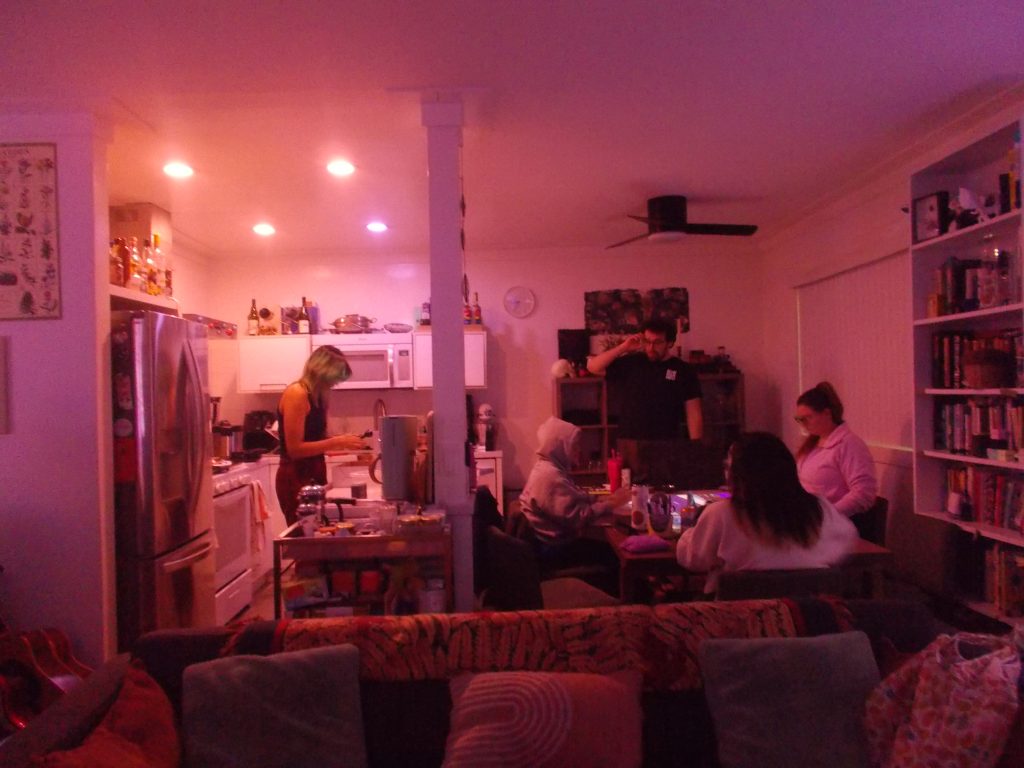Game Master Danny Halsted has been playing Dungeons & Dragons since he was 7 years old. He’s got the kind of voice commands attention and wields it well to weave together a variety of stories across genres that bring different communities together over tables and tables of TTRPG. He is as sincere as he is imaginative about his craft.
“I remember when I was a super young kid, as young as three or four, I’ve been told by my parents I’ve always been really into imaginary friends. And all the imaginary friends had to have very specific rules. As a kid, I had this whole fantasy world that me and my brother would go into whenever we went onto the trampoline. And I was very strict about what could happen [there]. I had it all mapped out, what was where, so you couldn’t, for example, go in a straight path from the land of gold to the land of pillows because there was a mountain in between them. So you have to go around and stuff. So I’d say my childhood [had] a lot of imagination and a lot of strict world building.”
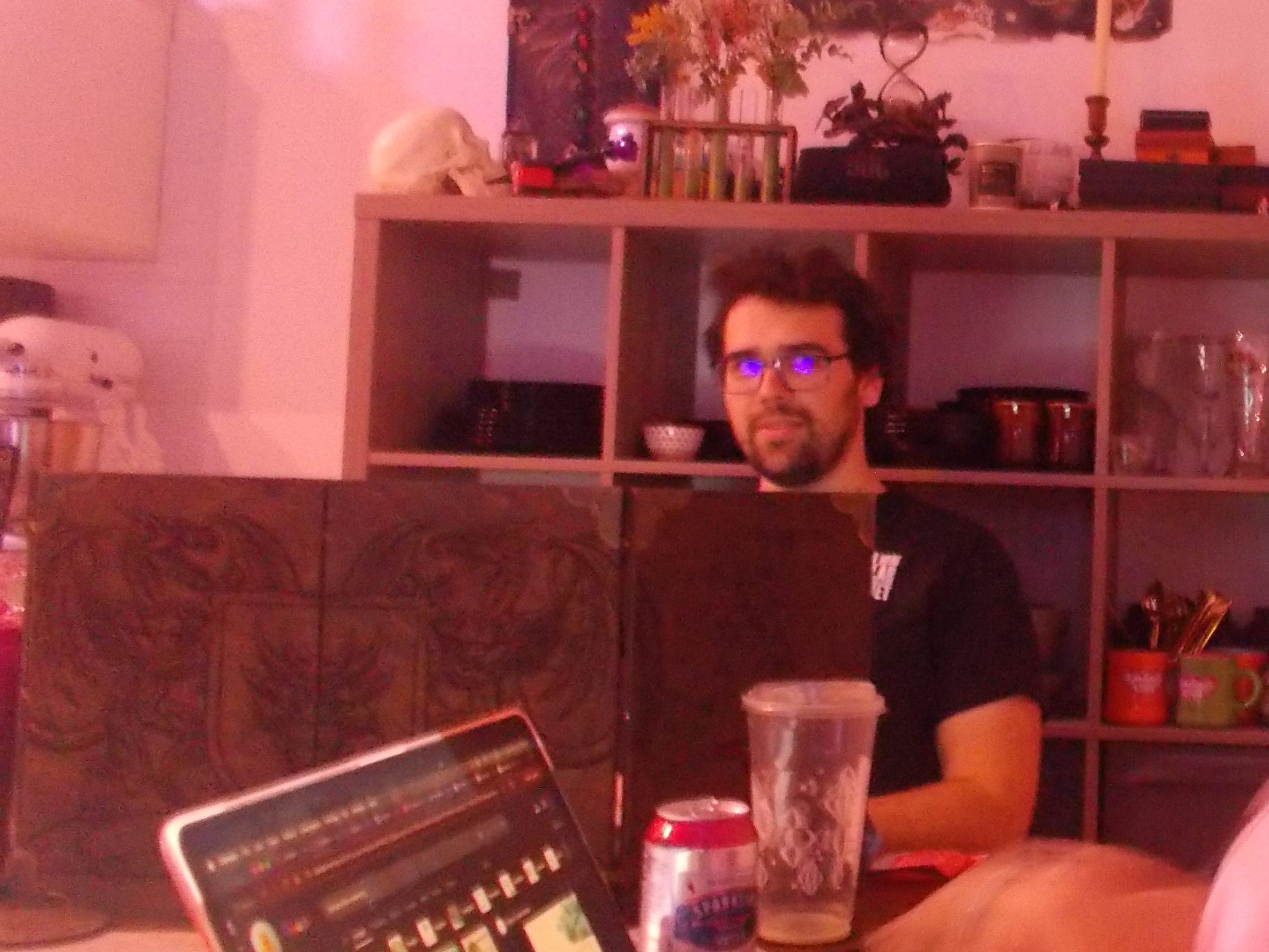
Either due to a lack of funding for the arts or a lack of support for the same, the traditional schooling system doesn’t allow for much opportunity for students to exercise creativity. Halsted recounts an incident with regards to an imaginary friend.
“They tried to snuff [my imagination] out. They accomplished nothing. No, I think part of what it was for me growing up, my parents would often tell me, ‘You know, when you get older, you won’t be able to have these imaginary friends and stuff anymore,’ And I was so angry about that idea that I adamantly refused to [stop]. I mean, I’ve always, I still, sort of have imaginary friends. There were definitely times where the school and work system tried to reign that in. I think all that I really learned [from that] is who I’m allowed to be loud around. But I never stopped being loud inside of my head. It got to the point where my school tried to send me to therapy because they were like, he’s hallucinating. He’s crazy. But no, I just, I had imaginary friends. I just [also] happened to be in high school.”
The idea that one has to age out of imagination, as one prepares to enter into society and contribute meaningfully is heartbreaking because it already centers the belief that the arts and storytelling are not necessary components to life.
The idea of productivity seemingly having a reverse correlation with imagination or creativity also misses the point. Halsted is a genetic oncology researcher, and fellow party member Caitlin Torres is a licensed vocational nurse. The pursuit of STEM careers does not stop them from exercising their creativity in their spare time, and they seem all the better for it.
The other issue altogether is looking at trying to quantify both creative expression and productivity. The first is such a subjective experience and the second entirely discounts the experience of disabled folks. Ramirez who was hospitalized in school had a very different experience than most teenagers.
“There was a period of time where I excelled. I think my baseline instincts provided me a lot more tools than the children around me had. Like, I accelerated when I was really young. I [skipped past] first into second grade, and so there was a period of time where, as I was always top of my class, everything was super easy.”
“I felt rewarded for creativity, and I’d be encouraged to write things. I felt good about working on projects and if it would be painting or trying something new, I didn’t have any fear about it because I was always good at everything.”
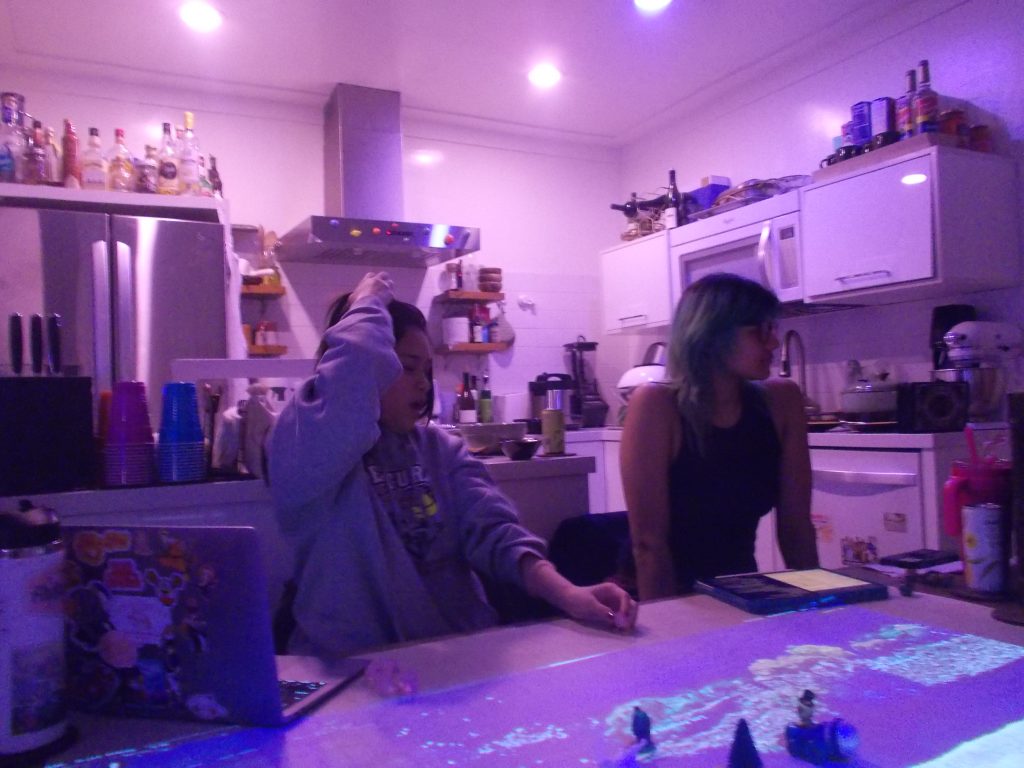
“And then, in early high school, I had the combination of a lupus and ADHD diagnosis, so the combination of my energy level and [with] the way that my brain works shifting a lot, I stopped being rewarded and I stopped excelling in the school system. And that, I think, was a massive hit to things creatively. I would write a lot of poetry beforehand …. I’d pop them out like nothing, and I’d be posting them on Tumblr. Then once I struggled to succeed in those systems, I struggled a lot to generate things, especially because I had to drop out for a period of time.”
Ramirez touches on how even the creativity aspect of D&D and the creativity in life in general, something generally seen as more individual also ties back into community. “Being isolated from all of your peers at the age of 16, 17 really removes [input]. You need a lot of input to have creative output, then all of a sudden I was cut off from every sort of social input. It was a long time before I was able to write like even homework assignments, let alone like creative writing. Even now I still struggle with it.” Crediting theatre and the dramatic arts that they got into in college as something that brought a lot of their creativity back, Ramirez clarifies. “Only D&D now in the last two years has brought back play.”
Play and stories have always gone hand in hand at Halsted’s home, almost as though they were always meant to be a Dungeon Master. “I’d say especially my dad [did] storytelling and stuff. It’s very important to both my parents. And I mean, growing up my brother and I would sit there and we’d get to read bedtime stories. Sometimes that was like Percy Jackson stuff, but most of the time, what that was was interactive storytelling. My dad would sit down and tell us a story, and he would ask us what happened next in the story, and we would tell him, and then he would [narrate] how that happened.”
“And those were stories for kids, they were little things – Waldo, the Walking Weirdo, or Ronaldo, the grass boy, who was a boy who liked to eat dirt. So we would play characters in those [stories]. My brother was always Waldo’s neighbour Francine, who was terrified of him. And he would always go, ‘Look out, a walking weirdo!’, and Waldo would go, ‘Where?’, and I was his giant pet spider, who didn’t really have a consistent name, but who would occasionally eat people.”
It is also important to note that childhood memories especially positive ones seem to be such fundamental things in how our world-view was shaped, so it is also heartwarming to know that decades out, Halsted still has such vivid memories of these childhood stories.
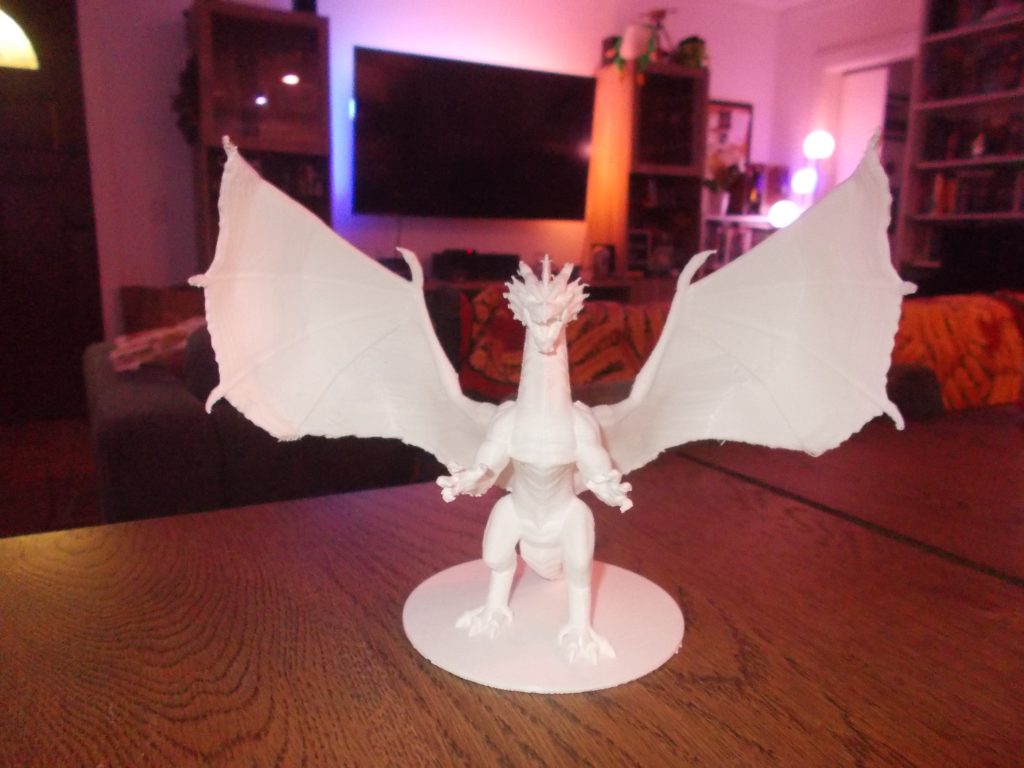
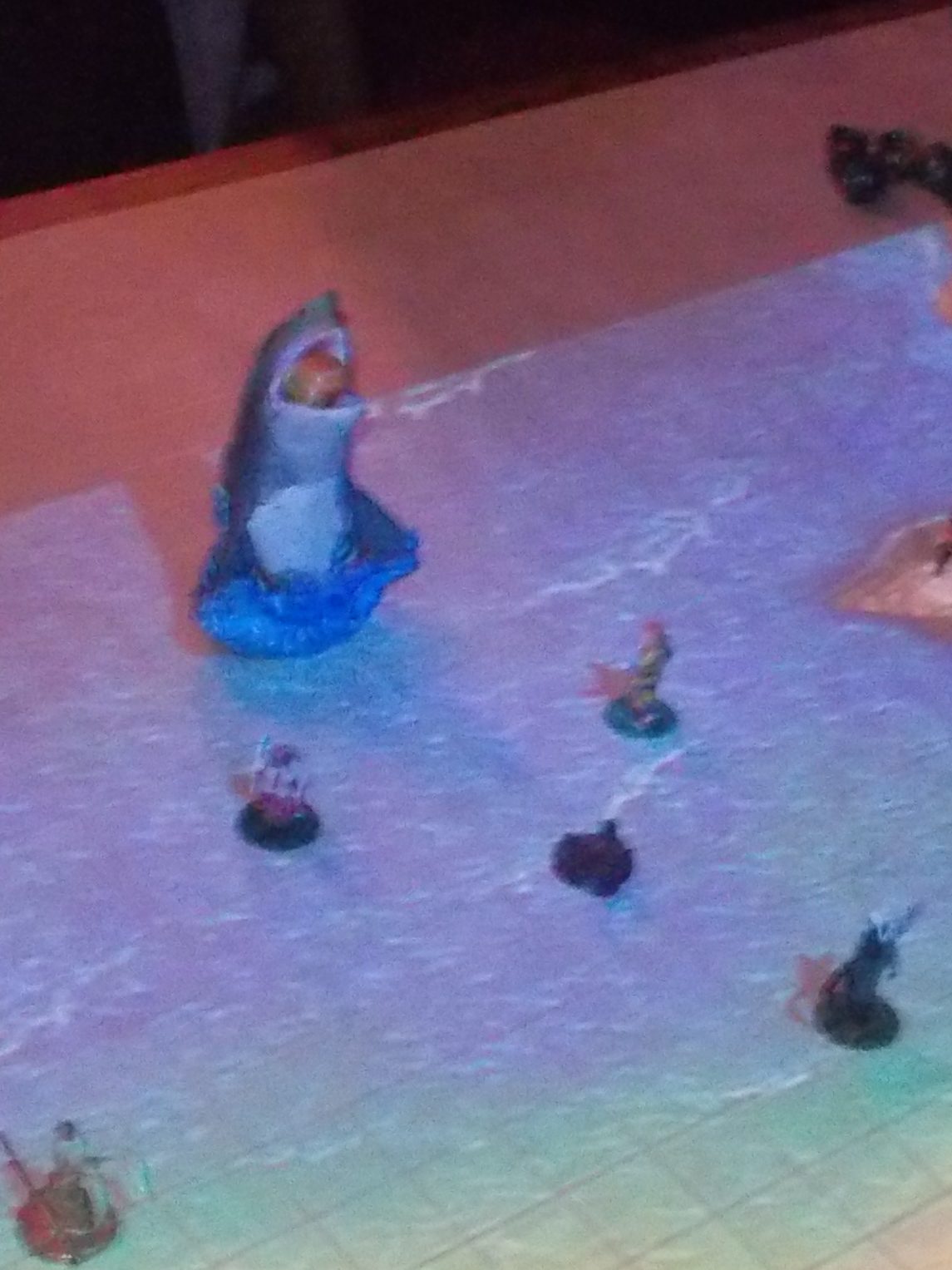
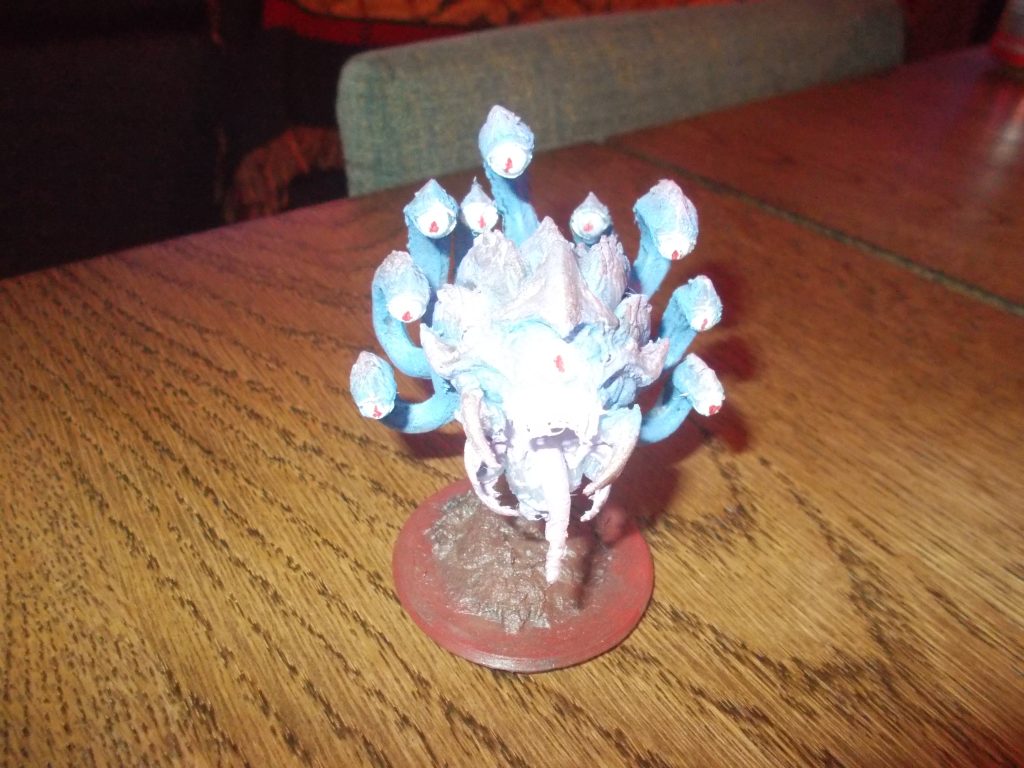

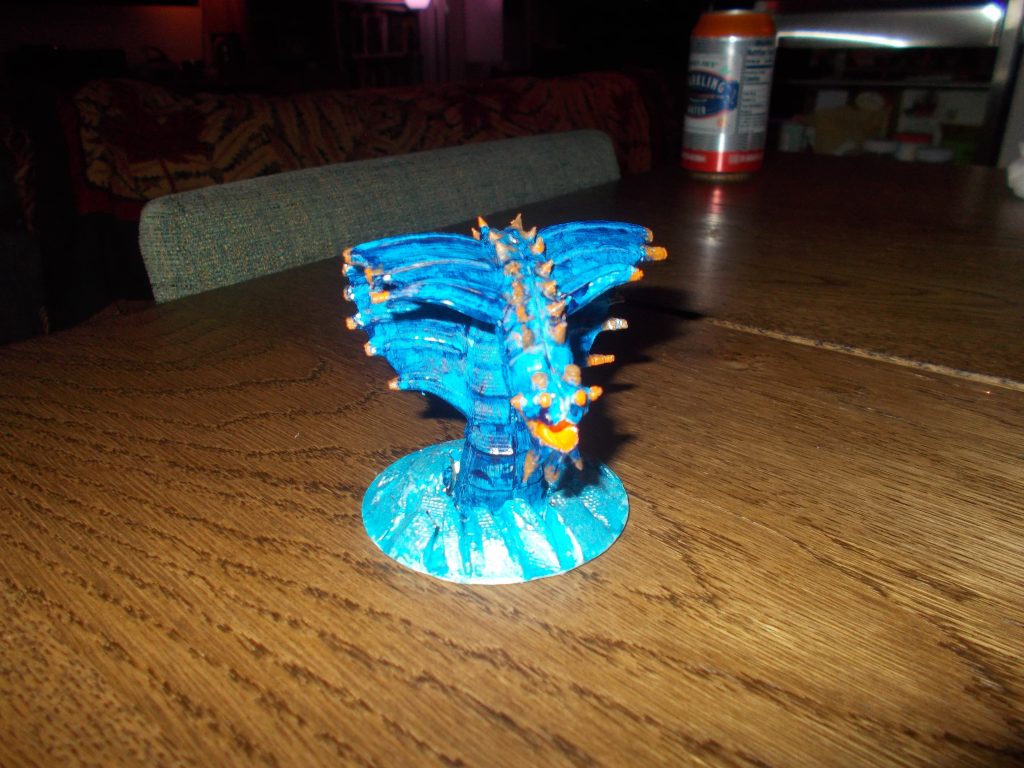
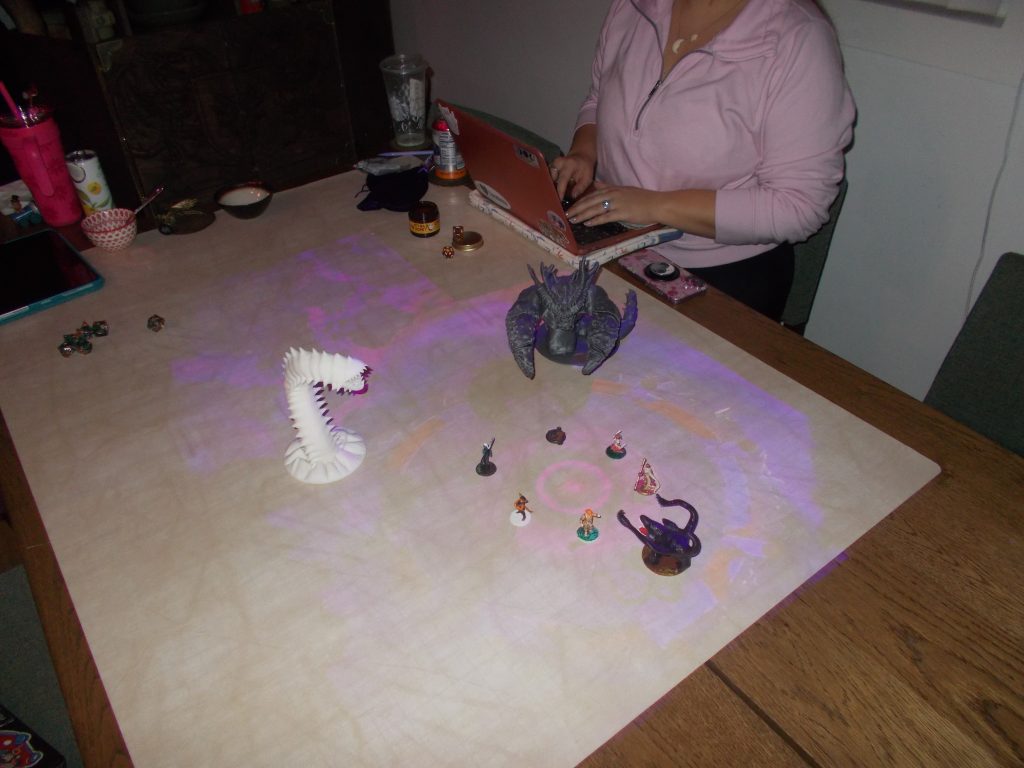
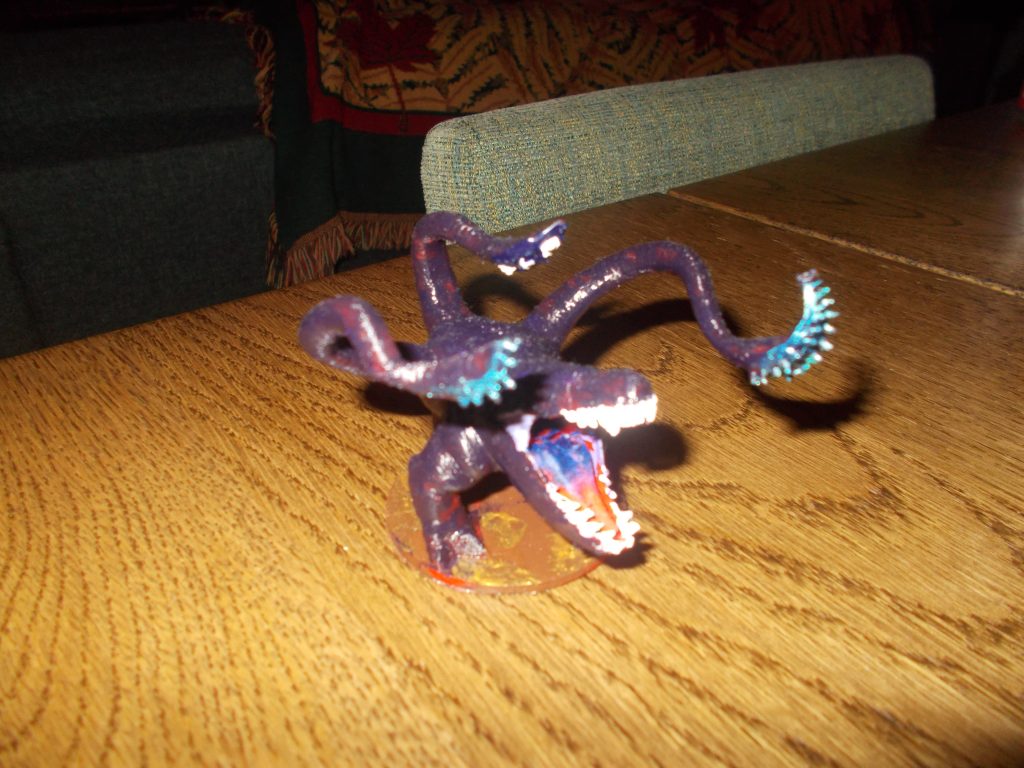
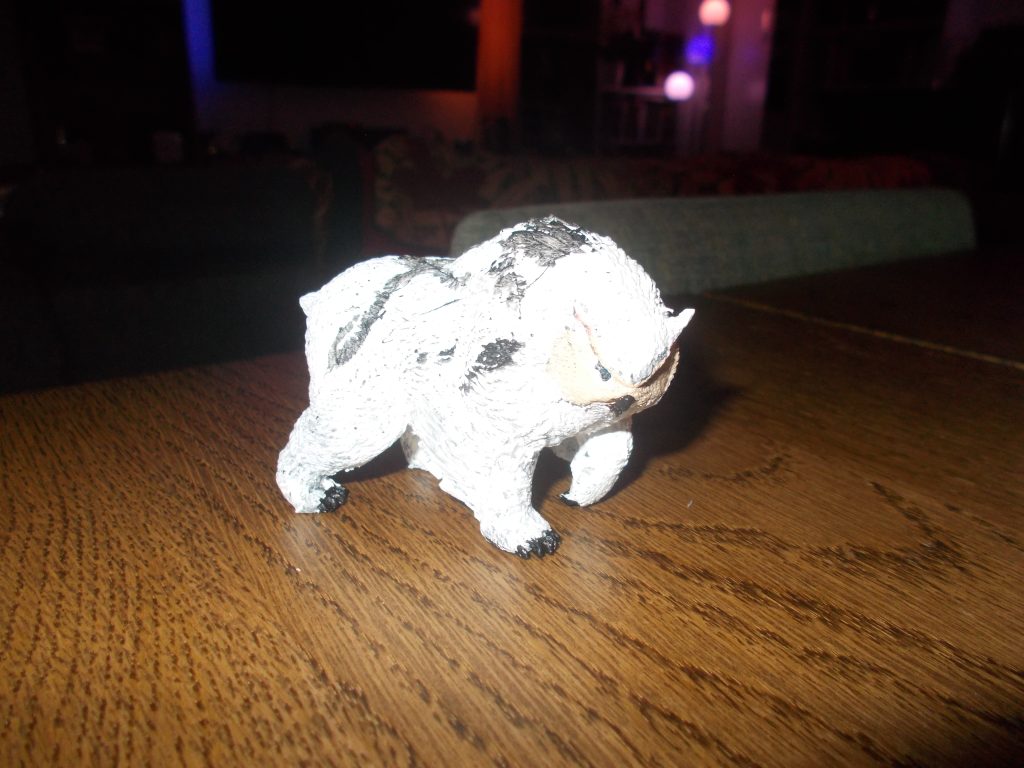
Halsted’s collection of hand-painted miniatures
The art of storytelling is what drove me to pursue this degree. It is what I believe belies every interaction we have with one another. As Halsted shares their memories of stories, I’m transported back to my childhood, and I think of how my Tamil community’s oral traditions of bedtime stories and lullabies, and even evening gossip, will not be passed down if I don’t choose to partake in the tradition. Halsted hits the nail on the head when he reflects about how storytelling relates to humanity.
“”I think there is something so integral to being human. Call it mythology or religion or community or soul or whatever you want to, but the core of what it is is the ability to sit around a fire and tell stories about things.”
“You know, the earliest ancestors of mankind living on grasslands would have sat down at the end of the day and made up stories about why the stars looked certain shapes or why certain animals came after them, and this is the exact same thing that we’re doing. This is what the human mind is built for. Anyone who tells you that it’s built to, you know, sit at an office job or to figure out how to pay taxes, or to remember to fill up gas in their car is completely wrong. The human mind evolved to be able to tell stories and find out how much and how well we can trust people in our lives with those stories. That’s my opinion.”
